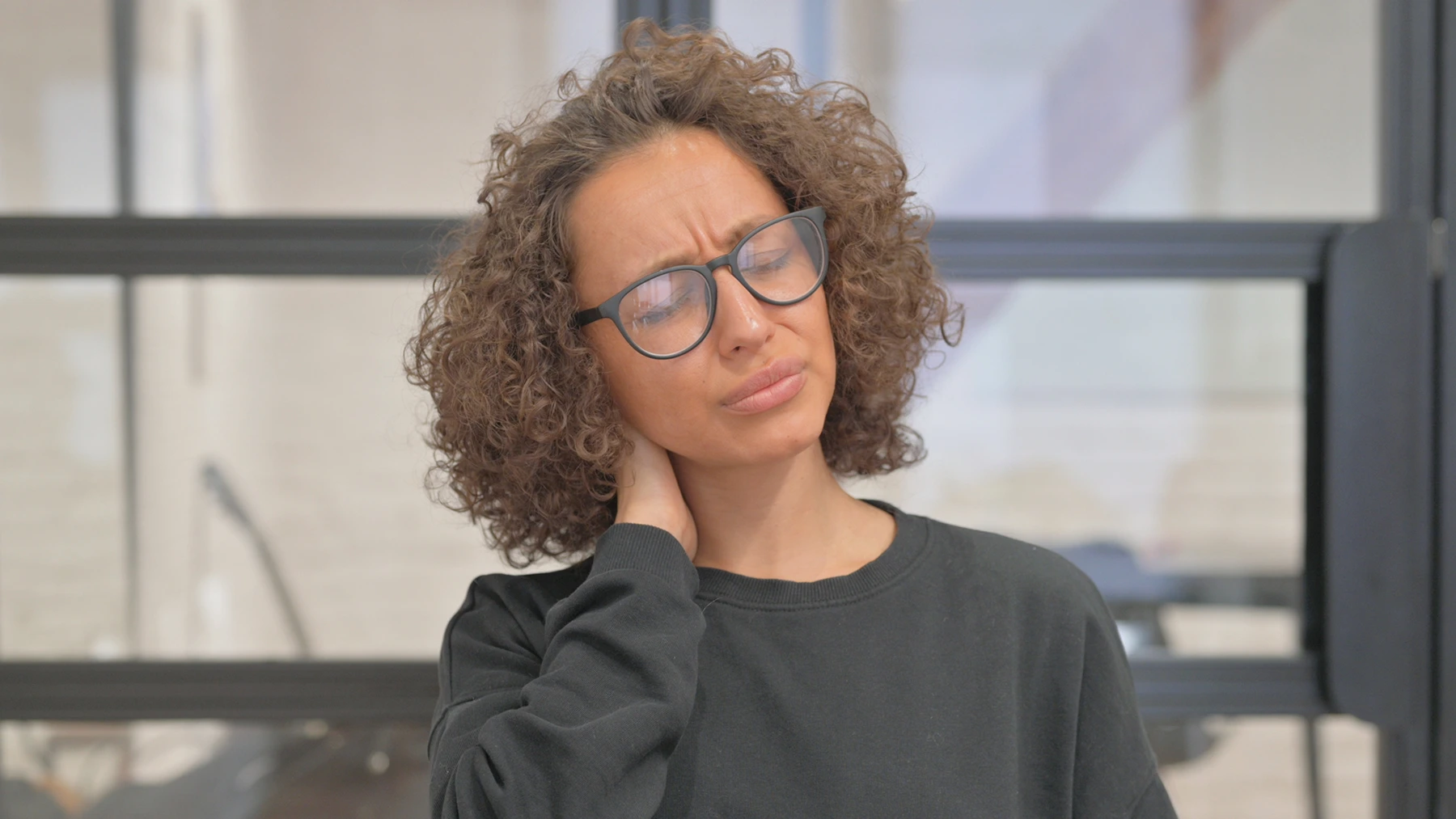Chiari Malformation: A Rare Cause of Frequent Headaches

If you experience frequent headaches as an adult, many factors may be contributing. Everything from alcohol use to sinus problems to stress can trigger headaches, which often makes it difficult for health care providers to determine the underlying condition.
One lesser-known cause of frequent headaches in adults is known as Chiari malformation. This condition, in which part of the brain tissue is positioned lower than usual and extends into the brain canal, is often present in childhood but may not cause symptoms until late childhood or adulthood. Though rare, more cases are being diagnosed due to the increased use of imaging tests. The American Association of Neurological Surgeons (AANS) estimates that slightly less than one in 1,000 people have Chiari malformation.
When Chiari malformation causes problems
A Chiari malformation is rare. Most of the people who do have the condition don’t have any symptoms. When symptoms do occur, the most common is bad headaches, which can make it difficult to distinguish from other medical conditions.
“The headaches of Chiari malformation tend to be more in the back of the head or neck and occur along with coughing or sneezing,” says Alberto Martinez-Arizala, M.D., chief of the Neurology Spine and Spinal Cord Program at the University of Miami Health System. “They may also have other symptoms that indicate Chiari malformation, such as neck pain, trouble with balance or problems moving their hands or feet.”
Michelle Bravo, M.D., a neurologist and headache specialist with UHealth, says that she focuses on identifying the cause of the headaches and alleviating the symptoms of Chiari malformations for her patients. This may involve treatments for migraine or even medications to lower the pressure in the cranium in some situations. If the Chiari malformation is severe, surgery may be warranted. But it is typically seen as a last resort for severe cases or instances where other treatments were not as helpful.
Types of Chiari malformation
The types of Chiari malformations that Dr. Martinez-Arizala and Dr. Bravo most commonly treat are known as type I malformations. These are the types that typically cause minor symptoms, if any, and are not detected until adolescence or early adulthood. When they do cause symptoms, headaches or neck pain are most common, though in some cases they can cause more severe symptoms like weakness, numbness, dizziness or trouble with balance or coordination.
When type II, III, or IV Chiari malformations are present, these are much more severe conditions that are detected at birth and cause health problems in infants and children. Many of these cases are life-threatening and require surgical interventions.
What can you do about frequent headaches?
Though Chiari malformation is a rare cause of frequent headaches, it’s always a possibility, particularly if they feel like they are coming from the back of your head or are accompanied by neck pain, numbness, weakness, loss of balance, tingling sensations or other symptoms. If you experience frequent headaches, visit your health care provider for further evaluation and treatment.
Wyatt Myers is a contributor for UHealth’s news service.
Sources
Headache Causes, Mayo Clinic, 2020, https://www.mayoclinic.org/symptoms/headache/basics/causes/sym-20050800
Chiari malformation, Mayo Clinic, 2023, https://www.mayoclinic.org/diseases-conditions/chiari-malformation/symptoms-causes/syc-20354010
Chiari Malformation, American Association of Neurological Surgeons (AANS), 2024, https://www.aans.org/patients/conditions-treatments/chiari-malformation/
Interview with Alberto Martinez-Arizala, M.D., Chief of the Neurology Spine and Spinal Cord Program for the University of Miami Health System.
Interview with Michelle Bravo, M.D., a neurologist and headache specialist with the University of Miami Health System.
Chiari Malformation, Cleveland Clinic, 2023, https://my.clevelandclinic.org/health/diseases/6008-chiari-malformation
Tags: Dr. Alberto Martinez Arizala, Dr. Michelle Bravo, Headache causes, Headache symptoms, Headache treatment options
